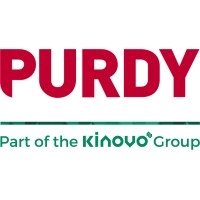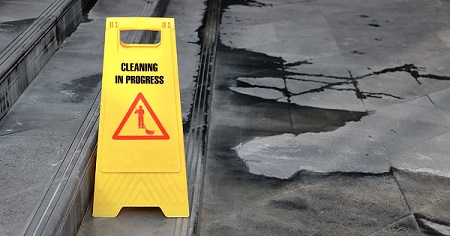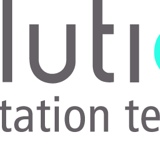Title Page
-
Client / Site
-
Location
-
Conducted on
-
Prepared by
-
Describe the nature of work
Personal Protective Equipment
-
PPE available and needed to protect employees against hazards
- Full face shields
- Safety goggles
- Safety boots
- Work gloves
- Ear plugs Or ear muffs
- Respirators
- High visibility vests
- Fall Protection devices (harness and lanyards)
- Hard hats
- Others
-
Other PPE used
Hazard Identification
-
NOISE:<br>Will the work create higher noise levels? Consider the need for hearing protection in the work area.
-
MANUAL HANDLING:<br>Consider if the work tasks contain any Manual Handling Risks.
-
EXCAVATION:<br>Consider if the work requires an excavation to be dug.<br>Do you need to check for services prior to excavation?
-
WORKING AT HEIGHTS:<br>Consider if personnel are working at height during this task. <br>Are they trained to perform the task?
-
SLIP & TRIP HAZARDS:<br>Consider if any slip / trip hazards are present at the worksite.<br>Will equipment to be used form a trip hazard?
-
REFERENCE: Wet surfaces labeled with proper warning sign to avoid slips and trips
[This is an example of how you can use iAuditor to include best practice reference images in your templates to assist with inspections] -
SITE SECURITY / EMERGENCY PREPAREDNESS:<br>Prevent unauthorized access to the work site at all times.<br>Ensure site emergency planning has occurred.
-
WORKING OUTDOORS:<br>Consider the ambient conditions / associated hazards.<br>Consider precautions to prevent exposure to heat/cold.
-
TRAFFIC MANAGEMENT:<br>Consider how construction traffic will access and egress the workplace in a safe manner.
-
CUTS AND ABRASION:<br>Is there a risk of cuts / abrasion? Consider control measures such as task separation or adequacy of PPE
-
HAZARDOUS SUBSTANCES:<br>Will work task involve contact with any Hazardous Substances? Refer to MSDS and consider specialized PPE / precautions.
-
PLANT AND MACHINERY:<br>Is the plant work area delineated away from other works?<br>Operator ticketed/licensed to operate this type of equipment?
-
FALLING OBJECTS:<br>Will personnel be working above where others may pass? Will personnel be working below others?
-
LIFTING:<br>Consider if work task involves crane lifts.<br>Ensure a lift study has been conducted.
-
FIRE / IGNITION SOURCES:<br>Consider if hot work is being conducted in the work area. Consider containment / testing requirements.
-
ENVIRONMENTAL IMPACTS:<br>Is there potential to release pollutants to drain’s / marine environment / waterway’s / ground / atmosphere; Vibration / noise emission beyond the project perimeter; generation of dust or disposal of hazardous waste?
-
DECONTAMINATION OF PLANT AND EQUIPMENT:<br>Plant, Equipment, and PPE must be decontaminated at the end of each day and or when exposed equipment is to leave the asbestos area
-
VIBRATION:<br>Consider the need for vibration monitoring from demolition process, especially when working near heritage type buildings.
-
HAZARDOUS SUBSTANCE STORAGE / SPILLS PREVENTION:<br>Consider if any potential spill sources exist in the work area.<br>Consider the need for bunds, drip trays, spill blankets, absorption etc
-
WASTE DISPOSAL:<br>Consider if work task creates wastes prescribed wastes requiring special disposal e.g Asbestos
-
CUSTOMER AND SURROUNDING PROPERTY:<br>Consider the potential risk to neighbours’ property Consider potential damage to customer property nearby.
-
ASBESTOS:<br>Consider if personnel may be exposed to asbestos during this task? If unsure, check the Asbestos Register/Scope of Works for known sources.
-
WORKING ON ELECTRICAL EQUIPMENT
-
SAFE ISOLATION PROCEDURE
-
ACCESS & EGRESS
-
ACCESS TO HIGH RISK ESTATES
-
HAND TOOLS / POWER TOOLS
-
NEARBY WORK:<br>Consider if any work will be occurring nearby.<br>Consider if there is any impact of your work on others.
-
Are there other hazards identified?
-
Other hazards identified
Overall summary
-
Write observerations here
-
Overall Assessment
Completion
-
Full Name and Signature of engineer














